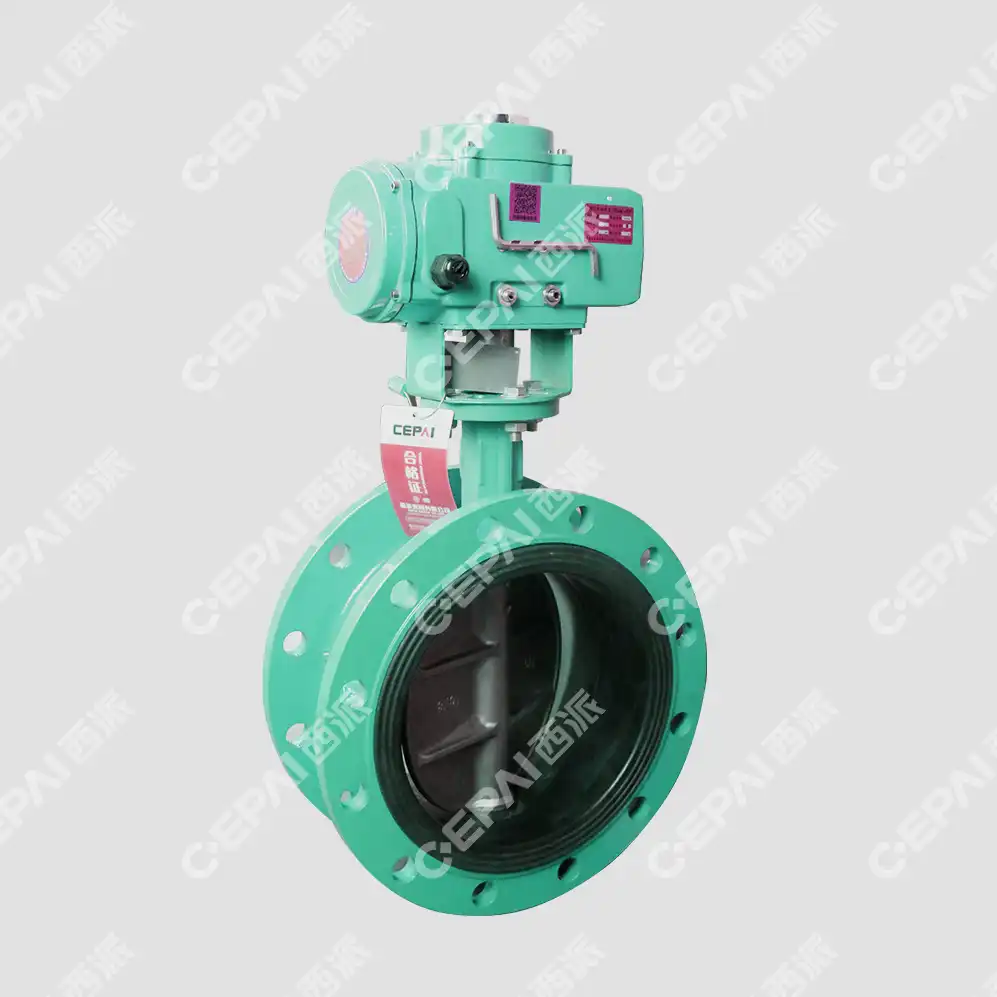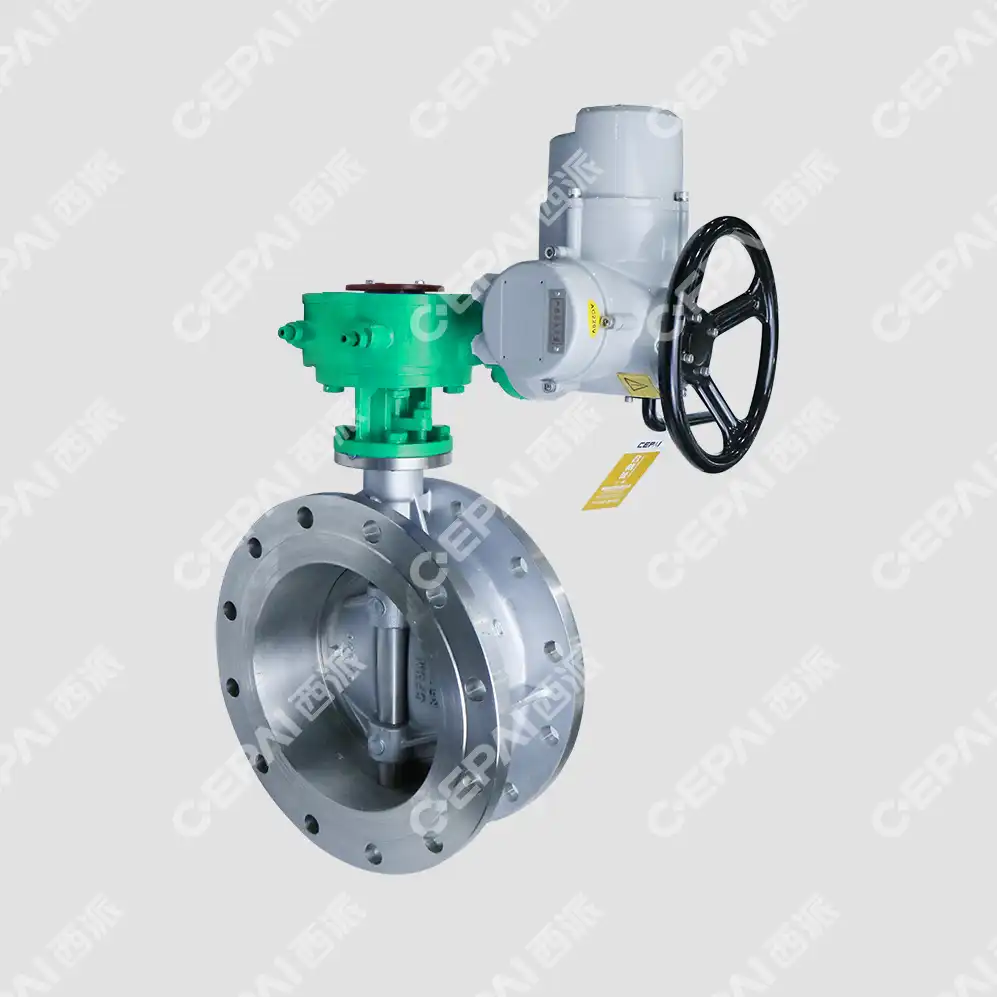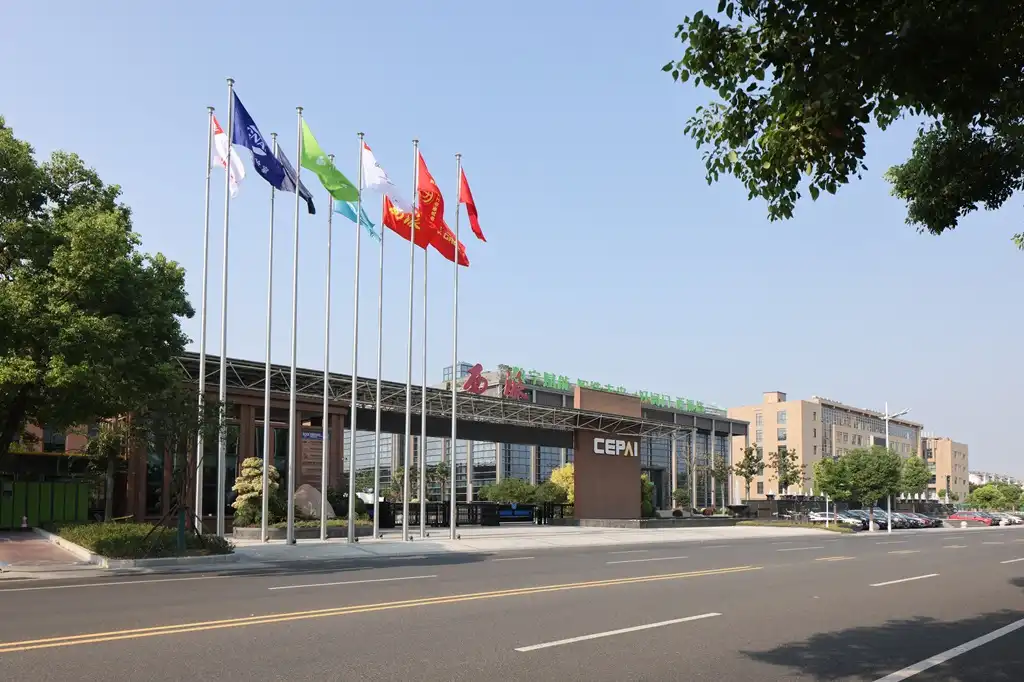Understanding Electric Butterfly Valves
Operational Principles of Electric Butterfly Valves
Electric butterfly valves utilize an electric motor to rotate the valve disc, controlling flow within the system. The motor connects to a gearbox, which translates the rotational force to the valve stem. This configuration allows for precise control over the valve's position, enabling accurate flow regulation. The electric actuator receives signals from a control system, adjusting the valve's position accordingly. This setup offers advantages in applications requiring exact flow control or frequent adjustments.
Advantages of Electric Butterfly Valves
Electric butterfly valves boast several benefits that make them suitable for various industrial applications. Their precise control capabilities allow for fine-tuning of flow rates, crucial in processes demanding accuracy. These valves offer excellent reliability and can operate in a wide range of environmental conditions. They're particularly advantageous in remote locations or areas with limited access, as they can be easily integrated into automated control systems. Electric actuators also provide position feedback, enhancing system monitoring and control.
Applications Suited for Electric Butterfly Valves
Electric butterfly valves find extensive use across numerous industries. In water treatment plants, they regulate flow in filtration and distribution systems. The oil and gas sector employs them for precise control in refining processes. HVAC systems benefit from their ability to modulate airflow efficiently. These valves also play crucial roles in power generation, controlling steam and water flow in turbines. Industries requiring strict hygiene standards, such as food and beverage production, often opt for electric butterfly valves due to their clean operation and ease of maintenance.
Exploring Pneumatic Butterfly Valves
How Pneumatic Butterfly Valves Function
Pneumatic butterfly valves operate using compressed air or gas to actuate the valve disc. The pneumatic actuator consists of a piston or diaphragm that moves in response to air pressure changes. This movement is transferred to the valve stem, rotating the disc to open or close the valve. The simplicity of this mechanism contributes to the valve's rapid response time and reliability. Pneumatic systems often include accessories like solenoid valves and positioners to enhance control capabilities.
Benefits of Pneumatic Butterfly Valves
Pneumatic butterfly valves offer several advantages that make them attractive for certain applications. Their fast actuation speed is particularly beneficial in emergency shutdown situations or processes requiring quick changes in flow. These valves are inherently safe for use in hazardous environments, as they don't generate sparks or heat during operation. Pneumatic systems are often more cost-effective for simple on-off applications, requiring less initial investment compared to electric butterfly valves. They also tend to have a longer service life due to their simpler construction and fewer moving parts.

Ideal Use Cases for Pneumatic Butterfly Valves
Pneumatic butterfly valves excel in various industrial settings. They're commonly found in chemical processing plants, where their intrinsic safety is crucial. The oil and gas industry utilizes them in pipeline systems for their rapid shut-off capabilities. In mining operations, these valves control the flow of slurries and other abrasive materials. Pneumatic butterfly valves are also prevalent in the pharmaceutical industry, where they manage the flow of various liquids and gases in production processes. Their reliability and simplicity make them ideal for applications where consistent performance under challenging conditions is essential.
Comparing Electric and Pneumatic Butterfly Valves
Performance Factors: Electric vs Pneumatic
When comparing electric and pneumatic butterfly valves, several performance factors come into play. Electric valves generally offer superior precision in flow control, making them ideal for applications requiring fine adjustments. They also provide more consistent performance across varying environmental conditions. Pneumatic valves, however, excel in speed of operation, with faster opening and closing times. This rapid response can be crucial in emergency situations or processes requiring quick changes. Electric valves typically have a longer stroke time but can maintain their position without constant energy input, unlike pneumatic valves which may require constant air pressure to maintain position.
Cost Considerations: Initial Investment and Long-term Operation
The cost dynamics of electric and pneumatic butterfly valves differ significantly. Electric butterfly valves often have a higher initial cost due to the complexity of their actuators and control systems. However, they may offer lower long-term operational costs, especially in applications requiring frequent modulation or in areas where electricity is more readily available than compressed air. Pneumatic valves generally have a lower upfront cost, making them attractive for simpler on-off applications. However, the ongoing cost of compressed air generation and potential air leaks in the system can increase operational expenses over time. The choice between electric and pneumatic valves should consider both initial investment and long-term operational costs in the context of the specific application.
Maintenance and Reliability Comparison
Maintenance requirements and overall reliability are crucial factors in valve selection. Electric butterfly valves typically require less frequent maintenance due to their enclosed design and fewer moving parts exposed to the environment. They also offer easier diagnostics through electronic feedback systems. However, when maintenance is required, it may be more complex and potentially costlier due to the specialized nature of electric actuators. Pneumatic butterfly valves, with their simpler construction, often allow for easier maintenance and troubleshooting. They're generally more robust in harsh environments but may require more frequent attention to air supply systems and seals. Both types can offer high reliability when properly specified and maintained, with the choice often depending on the specific operational environment and available maintenance resources.
Conclusion
The choice between electric and pneumatic butterfly valves hinges on a thorough understanding of your project's specific requirements. Electric butterfly valves shine in applications demanding precise control and integration with advanced automation systems. They're particularly suitable for environments where electricity is readily available and long-term operational efficiency is a priority. Pneumatic valves, with their rapid actuation and intrinsic safety, are excellent choices for hazardous areas and applications requiring quick response times. Consider factors such as initial costs, long-term operational expenses, maintenance needs, and the specific demands of your operational environment. By carefully weighing these aspects, you can select the valve type that best aligns with your project goals, ensuring optimal performance and efficiency in your industrial processes.

FAQs
1. Can electric butterfly valves be used in explosion-proof environments?
Yes, specially designed electric butterfly valves with explosion-proof enclosures are available for hazardous areas.
2. How do pneumatic butterfly valves perform in low-temperature environments?
Pneumatic valves can be equipped with special seals and materials for low-temperature operation, but extra precautions may be needed to prevent moisture freezing in air lines.
3. Are electric butterfly valves suitable for remote locations?
Electric valves are often ideal for remote locations due to their ability to be easily integrated into remote monitoring and control systems.
4. Can pneumatic butterfly valves operate without a constant air supply?
While they typically require a constant air supply, fail-safe designs can be implemented to move the valve to a predetermined position in case of air loss.
Expert Butterfly Valve Solutions | CEPAI
CEPAI Group specializes in high-quality butterfly valves for diverse industrial applications. Our electric and pneumatic butterfly valve offerings are engineered to meet the most demanding project requirements. With our commitment to innovation and quality, backed by certifications like APIQ1 and ISO9001, we ensure optimal performance and reliability. Our expert team can guide you in selecting the perfect valve solution for your specific needs. For top-tier butterfly valves from a trusted manufacturer, contact us at cepai@cepai.com.

References
Johnson, R. (2021). "Valve Selection Criteria for Industrial Applications." Journal of Process Engineering, 45(3), 178-195.
Smith, A. & Brown, T. (2020). "Comparative Analysis of Electric and Pneumatic Actuators in Industrial Valve Systems." International Journal of Control and Automation, 13(2), 89-104.
Lee, S. (2022). "Energy Efficiency in Industrial Valve Operations: Electric vs. Pneumatic Systems." Energy and Process Management, 56(4), 301-315.
Garcia, M. et al. (2019). "Reliability and Maintenance Strategies for Industrial Valve Systems." Reliability Engineering & System Safety, 184, 110-125.
Williams, P. & Taylor, K. (2023). "Advancements in Butterfly Valve Technology for Oil and Gas Applications." Journal of Petroleum Technology, 75(2), 62-78.
Chen, H. (2021). "Cost-Benefit Analysis of Valve Actuation Systems in Process Industries." Industrial Economics Review, 39(1), 45-60.

_1746598531170.webp)



